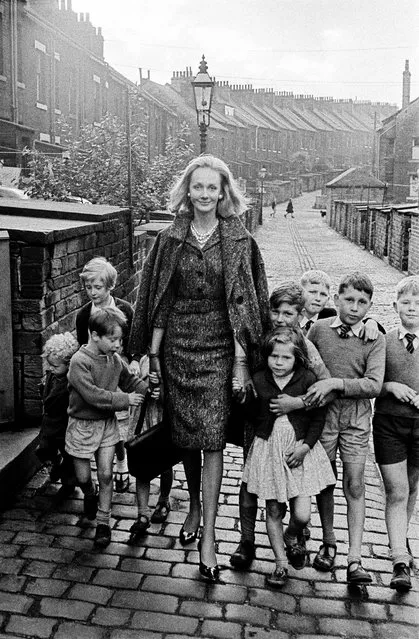
Born in 1958 in Abbazia, Italy, Frank Horvat is considered one of the founding fathers of French fashion photography. Frank Horvat: Storia di un Fotografo is on at Palazzo Chiablese Musei Reali, Turin, until 16 June. Here: Rosalind and children, Yorkshire (for British Vogue) 1961. (Photo by Frank Horvat/The Guardian)
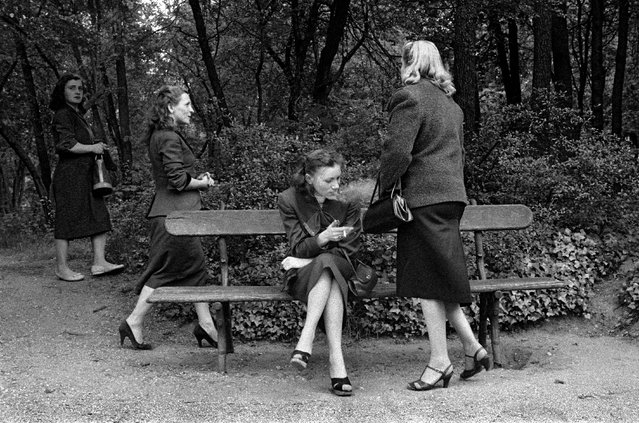
Horvat started out as a photojournalist. Meeting Henri Cartier-Bresson in 1951 proved to be a milestone in his career, leading to a two-year trip to Asia and exhibiting internationally, including in the 1955 show The Family of Man at New York's Museum of Modern Art. Here: Prostitutes, Bois de Boulogne, 1956. (Photo by Frank Horvat/The Guardian)
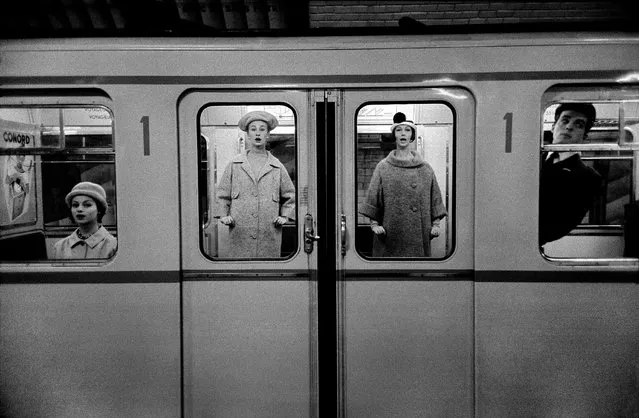
In 2014, Horvat told the Guardian that unlike Robert Doisneau and the so-called humanist photographers’s heavily romanticised version of 1950s Paris, he saw the city as it really was: poor and dilapidated. Here: Fashion in the Métro (for Jardin Des Modes), 1958. (Photo by Frank Horvat/The Guardian)
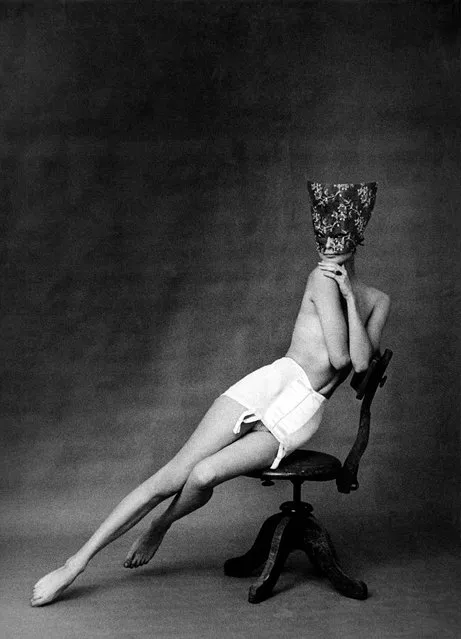
Horvat approached the idea of beauty in unexpected ways. As he put it, Paris’s Pigalle quarter “was in all the songs and poems, but it was not a nice place. It was sordid and dirty. But that kind of thing can make great photographs, too”. Here: Model with mask (for Lingerie Chantelle ), 1958. (Photo by Frank Horvat/The Guardian)
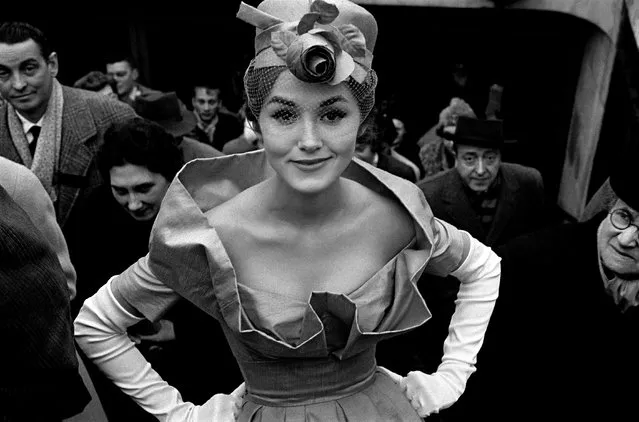
From 1957, Horvat turned to fashion photography, bringing an exciting realism to what had become a stuffy genre. Here: Monique Dutto (for JDF), 1959. (Photo by Frank Horvat/The Guardian)
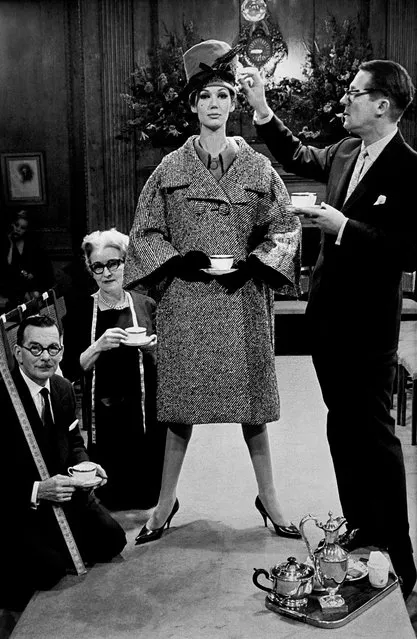
Horvat’s work for Elle, Vogue and Harper’s Bazaar, both in Europe and the US, saw him heralded as an emerging figure of note. But he also fell out with Cartier-Bresson, who slated his work as pastiche. Here: Simone D’Aillencourt with designer Hardy Amies (for British Vogue), 1961. (Photo by Frank Horvat/The Guardian)
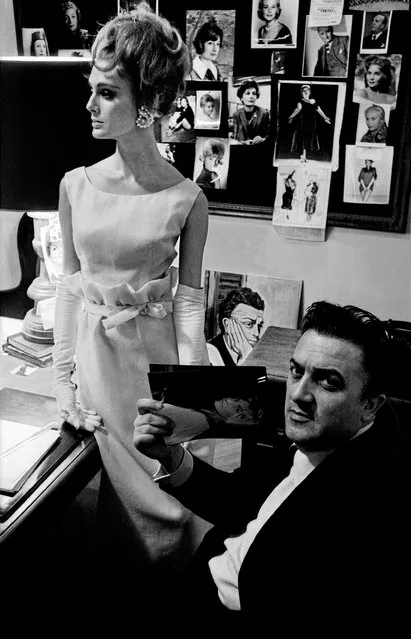
Between 1959 et 1962, Horvat continued to work as an editorial photojournalist, as well as putting together two books, one on TV, the other on striptease. Here: Deborah Dixon and Federico Fellini (for Harpers Bazaar), 1962. (Photo by Frank Horvat/The Guardian)
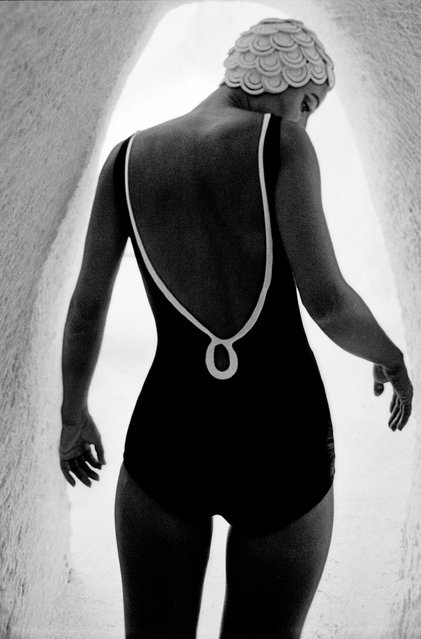
Horvat’s oeuvre is eclectic, taking in reportage, fashion, landscape and portrait photography, along with street shots and studies of art and nature. Here: Bathing Suit (for British Harpers Bazaar), 1965. (Photo by Frank Horvat/The Guardian)
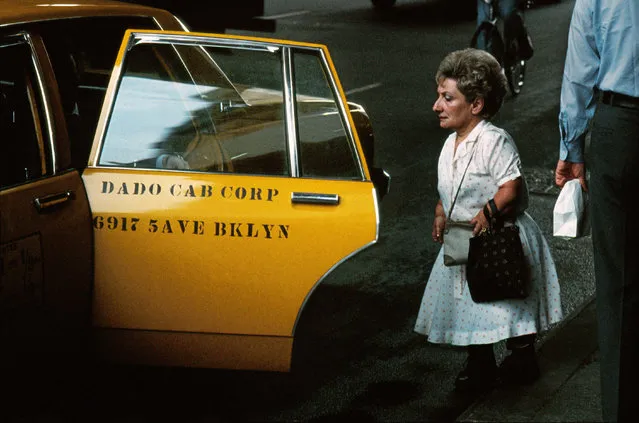
The rough vibrancy of 1980s New York – a city he visited repeatedly – pushed Horvat to experiment extensively with colour. Here: Midtown, NYC, 1983. (Photo by Frank Horvat/The Guardian)
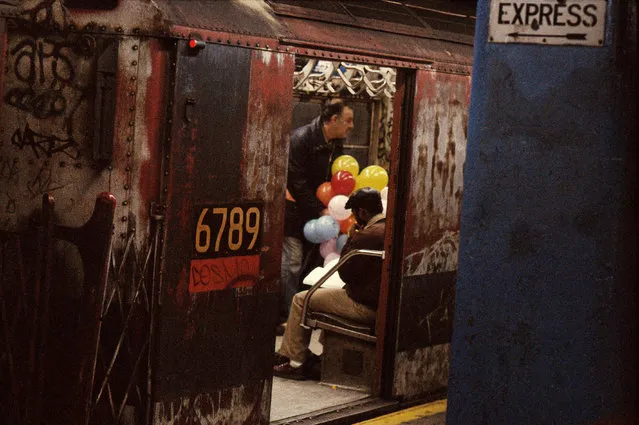
Horvat’s subsequent series New York Up and Down paid homage to the city in all its grime and glory – from coffee shop customers and Central Park sun seekers to unexpected subway encounters. Here: Balloons in the subway, 1984. (Photo by Frank Horvat/The Guardian)
01 Jun 2018 00:05:00,
post received
0 comments
